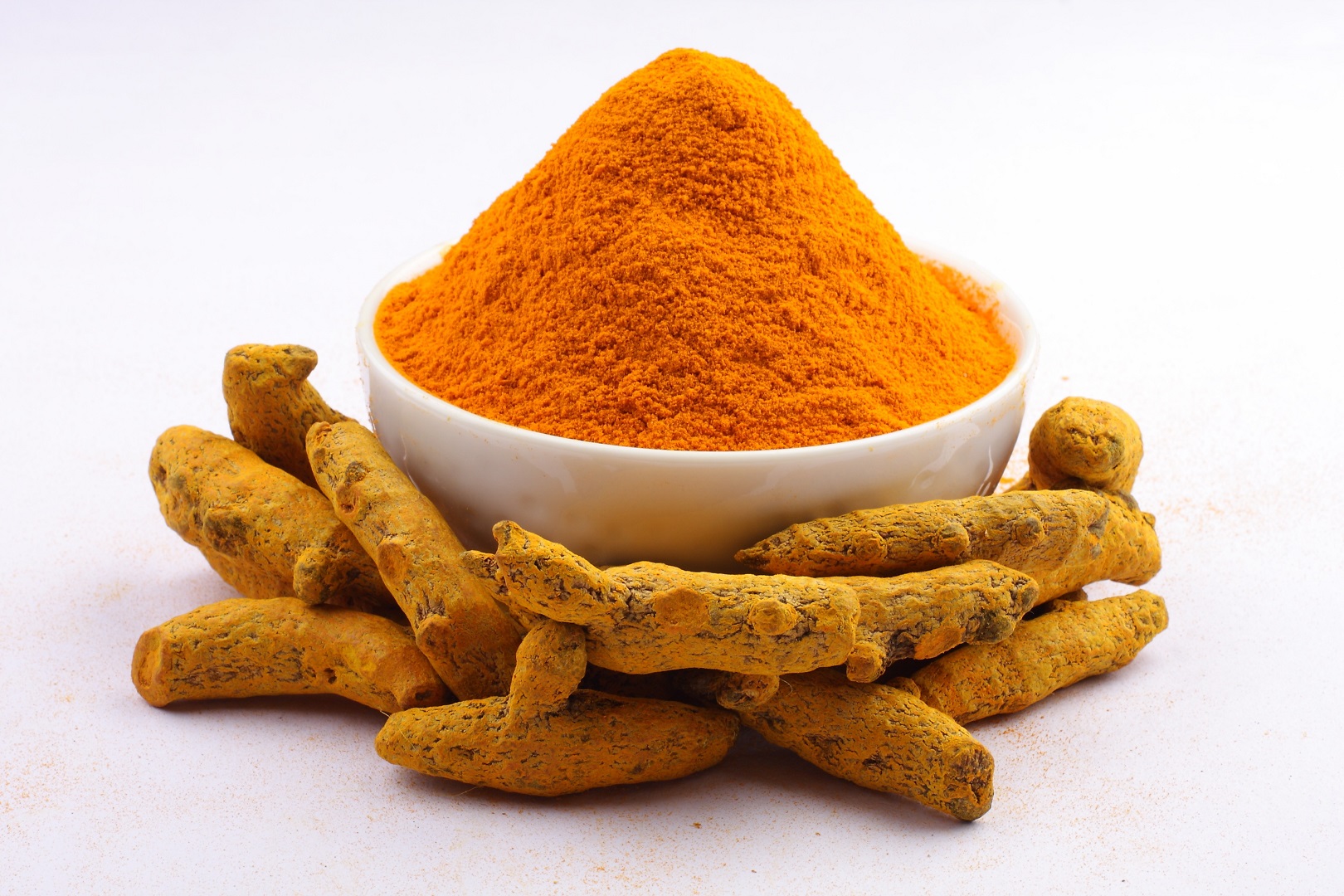
Discover the versatile benefits of turmeric, the bright yellow ginger spice with a millennia-old tradition. In this article, you'll learn all about turmeric, from its place of origin to its positive effects on your health and culinary delights.
What is Turmeric?
Turmeric, also known as yellow ginger, traces its roots to South Asia and is among the world's oldest spices. Its popularity spans over 2000 years in India, China, and many tropical regions of Asia and South America. The vibrant yellow color, once used to dye Buddhist monk robes, reflects the warmth and light forces embedded in this root.
As a member of the ginger family, turmeric grows alongside ginger, galangal, and cardamom. Its knobby rhizome root, dried and ground after harvest, yields the coveted turmeric powder.
Effects of Turmeric:
Turmeric is rich in Vitamin C and, according to Ayurveda, possesses detoxifying and warming effects that reduce Kapha. In traditional Chinese medicine, turmeric symbolizes the fire element and enlivens the senses. Harmonizing to the psyche, it aids digestion and is credited with antibacterial, anti-inflammatory, and antibiotic effects. Some sources, including Dr. Bharat B. Aggarwal, suggest that turmeric can assist in preventing and treating conditions such as acne, allergies, Alzheimer's, asthma, and Type 2 diabetes.
Diverse Applications:
Turmeric not only imparts a special touch to dishes but also pairs excellently with other spices like allspice, pepper, cinnamon, and more. From Golden Milk to flavorful curries, lentil dishes, and zesty sauces, turmeric adds a warming and delightful nuance to your meals. Explore the realm of Golden Chai, a unique delight crafted from turmeric and cinnamon, indulging both body and senses.
Prepare to experience the magic of turmeric in your own kitchen and savor a comforting sensation that accompanies you on cool autumn and icy winter days.
Learn more about the captivating world of turmeric in "Spices and Herbs" by Petra Kühne (ISBN: 978-3922290612) and in "Turmeric: Remedy and Spice" by Dr. Bharat B. Aggarwal (ISBN: 978-3955820268).

